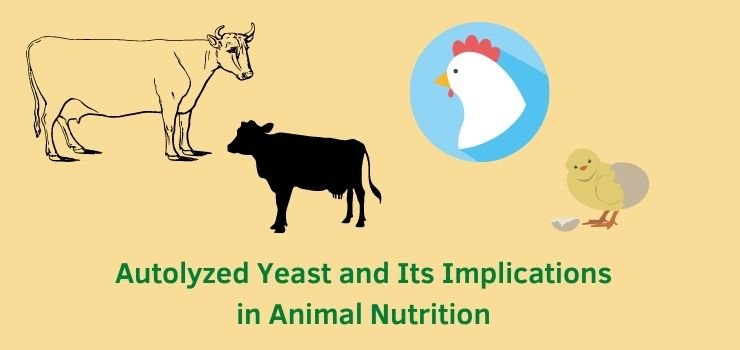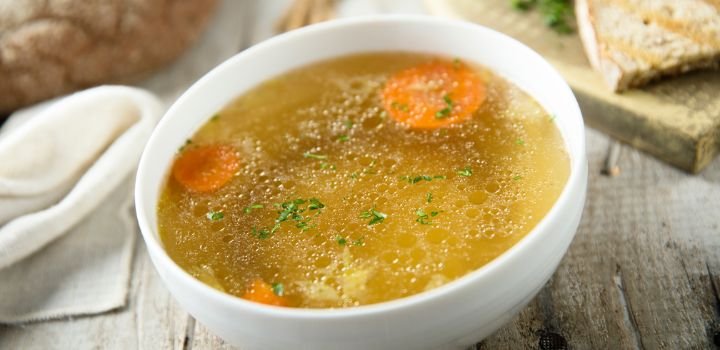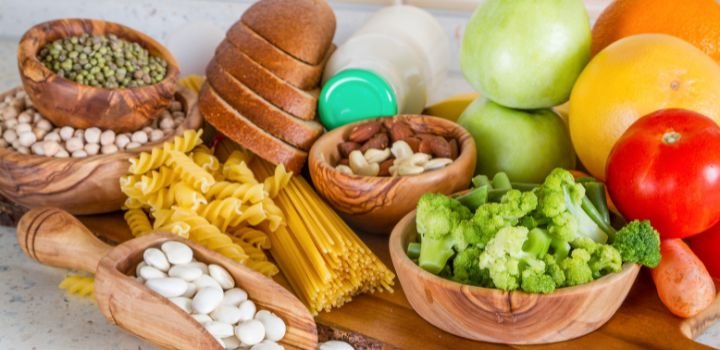Introduction
Fungi- autolyzed yeast, is a byproduct of the wine industry in history. It contains considerable amounts of vitamins and enzymes which improves animal performance in fattening or finishing.
Autolysed yeast can be added to diets to decrease ammonia emission from the rumen and improve the digestibility of nutrients. In dairy cows, autolyzed yeast improves feed efficiency and milk yield.
In broilers, autolyzed yeast has been shown to increase weight gain, improve PFC levels, decrease ammonia emission from the rumen and increase immune response.
There are several reasons autolyzed yeast may be beneficial in animal nutrition. In this article autolyzed yeast will be reviewed as a feed additive in ruminants and monogastric.
What Makes Autolyzed Yeast Unique?
Autolyzed yeast is inactive yeast in which autolysis occurs intentionally. Autolysis is the enzymatic hydrolysis of proteins to free amino acids, peptides, and small polypeptides that then can be absorbed from the digestive tract.
Fungi autolyzed yeast contains considerable amounts of vitamins and minerals which are important for growth and reproduction.
As autolyzed yeast contains amylase, protease, and lipase enzymes (as well as other enzymes) autolyzed yeast has been proven to have a beneficial effect on the digestibility of nutrients and improved feed efficiency in dairy cattle.
The autolytic process breaks down the autolyzed yeast into autolyzed yeast polysaccharides (YPS) which are an ideal source of energy and short-chain fatty acids in the gut.
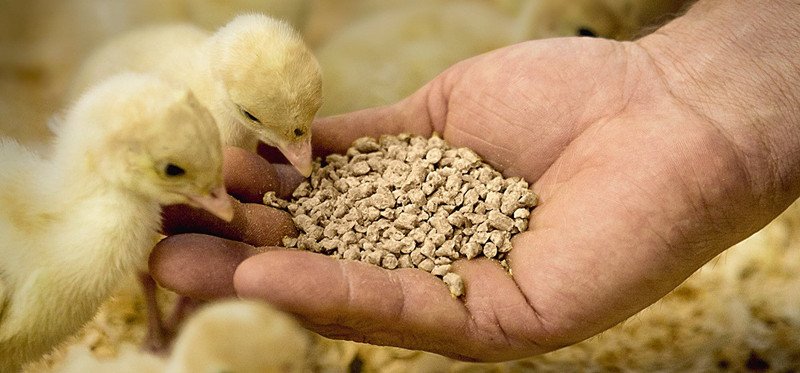
Due to autolyzed yeast’s high digestibility, it is used as a feed additive in ruminants and monogastric.
Implications of Use in Animal Nutrition
The autolysis process in yeast involves the autolytic breakdown of cell organelles, proteins, and nucleic acids. This autolysis or self-digestion is different from fermentation generated by yeasts in nutritive media. The autolyzed yeast has an aroma similar to that of a decomposing animal. This autolysis process of yeast cells is achieved by freezing and thawing cells. After autolysis, the yeast is dried and added to animal feed.
Benefits of Autolyzed Yeast For Ruminants
Autolyzed yeast can improve the efficiency of nutrient utilization in ruminants. In dairy cows, autolyzed yeasts have been shown to improve yield per cow by reducing ammonia emission from the rumen and increasing feed efficiency. Other benefits autolyzed yeast provides are increased milk production, reduced somatic cell count (SCC) yield/kg of milk produced, and better immune response in dairy cows.
One of the main reasons autolyzed yeast is an effective feed additive in ruminants is its ability to lower the diet’s ammonia emission from the rumen. Ammonia, one of the end products of protein metabolism found in autolyzed yeast, can be absorbed by bacteria which decreases the amount of ammonia being emitted into the atmosphere and reduces pollution. Autolyzed yeast lowers lipid peroxidation in the rumen which reduces the amount of ammonia being produced. Additionally, autolyzed yeast may decrease methane production by increasing microbial protein synthesis and decreasing protozoal populations.
Autolyzed yeast contributes to the nitrogen economy and helps animals grow at more efficient rates. The authorization process releases autolysins, which are enzymes that catalyze the destruction of disulfide bonds between proteins. This autodigestion of proteins breaks down large protein molecules into amino acids. During autolysis, autochthonous enzymes are released which can then be used in the animal’s digestive system.

Benefits of Autolyzed Yeast For Broilers
Autolyzed yeast has been proven to increase the growth rate, feed efficiency, and weight gain in broilers compared with non-autolyzed yeast.
The autolysis process may benefit monogastric through increased protein digestibility by autolytic enzymes in autolyzed yeast. Improved starch digestion was also observed in monogastric species fed autolyzed yeast. A study conducted on autolyzed yeast and broiler diets showed that autolyzed yeasts increased weight gain, feed efficiency (weight gain/feed consumption), total litter WG and average daily gain per bird more than the non autolyzed yeast.
Another benefit autolyzed yeast provides to monogastric is reducing ammonia concentration in the rumen. A study conducted showed autolyzed yeast to have a greater reduction effect on reducing ammonia emission than non-autolyzed yeast. Likewise, autolyzed yeast has been shown to reduce gas production (TGP) and ammonia emission when compared with a control diet containing 0% autolyzed yeast.
Research should be done on the autolysis of autolyzed yeast in monogastric. The autolytic enzyme autolyzed yeast produced through autolysis may have implications for its effect on monogastric digestion and nutrition.
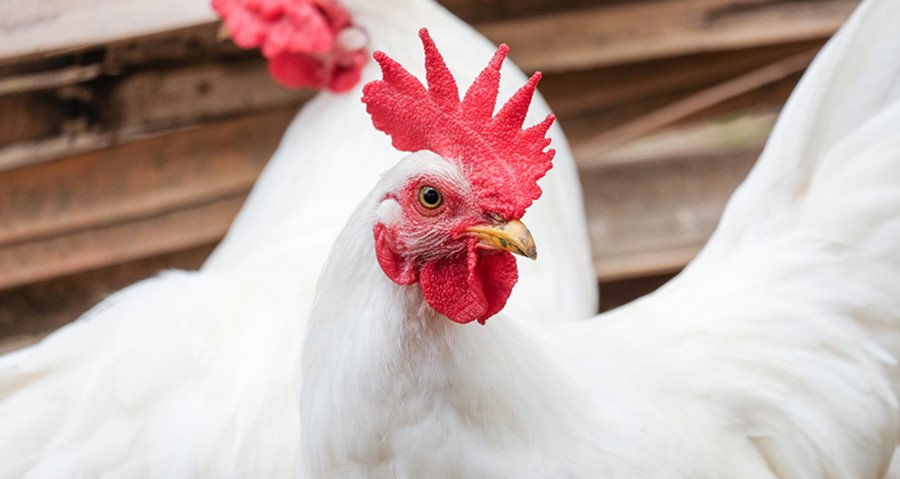
Conclusion
Autolyzed yeast has been proven to increase feed efficiency, weight gain, and growth in monogastric. Autolyzed yeast may also decrease ammonia emission from the rumen due to autolysis of autolyzed yeast cell autolytic products. Research needs to be done on autolyzed yeast use in monogastric for greater impacts and benefits autolyzed yeast could have on monogastric to improve the efficiency of nutrient utilization.
Improving feed efficiency and weight gain while decreasing ammonia emission from the rumen autolyzed yeast has been shown to provide for dairy cows. Autolyzed yeast broiler diets showed increased growth rate, feed efficiency (weight gain/feed consumption), total litter WG and average daily gain per bird more than non-autolyzed yeast. Autolyzed yeasts have been proven to decrease ammonia emission from the rumen due to autolysis of autolyzed yeast cell autolytic products. Autolyzed yeasts show to have a greater reduction effect on reducing ammonia emission when compared with non autolyzed yeast autolyzed yeast also reduces gas production (TGP) and ammonia emission when compared with control autolyzed yeast.
Further research on autolysis autolyzed yeast is necessary to further improve the autolysis technique, increase autolysis enzyme activity and enhance digestion of autolyzed yeasts in monogastric.
Hiyeast Autolyzed Yeast is free from foreign substances, comes with a special yeast odor, and appears in beige-colored powdered form. Comprising equal proportions of β-glucan and Mannan (20%), the shelf life of our product is 24 months from the production date.
So, if you are considering adopting autolyzed yeast in your animal’s diets, visit our website to view the entire range of our premium quality yeast-derived products.

